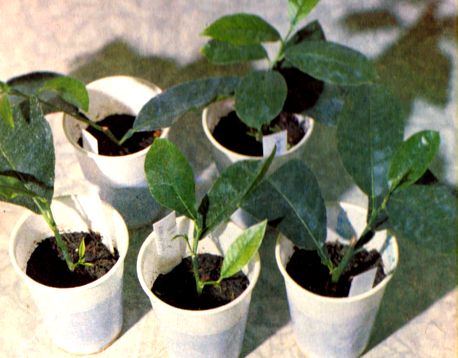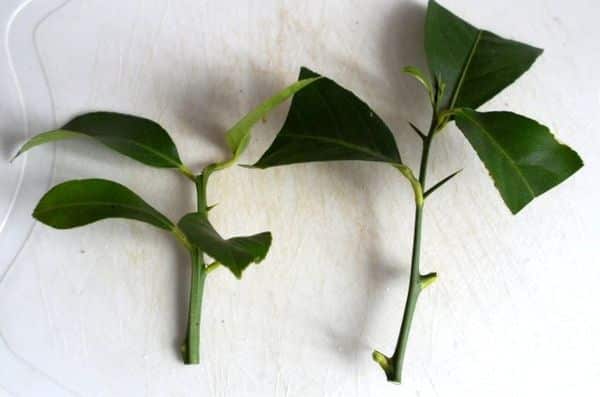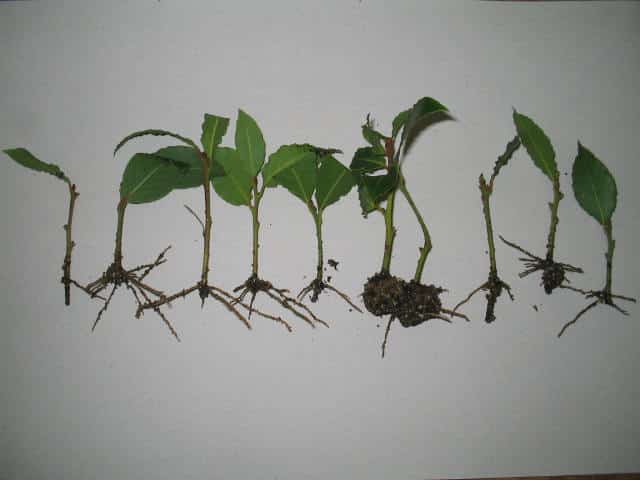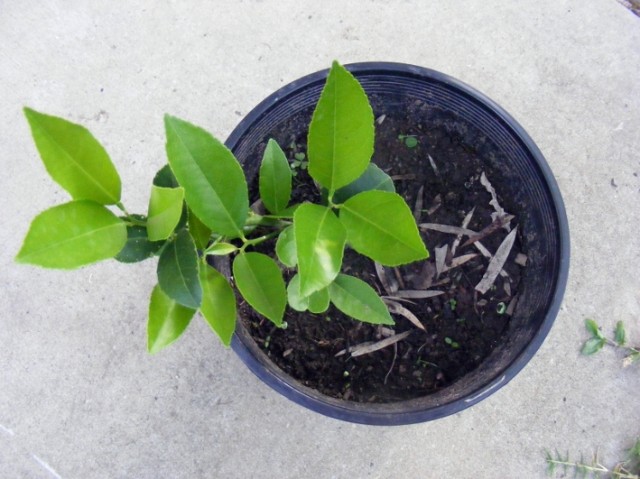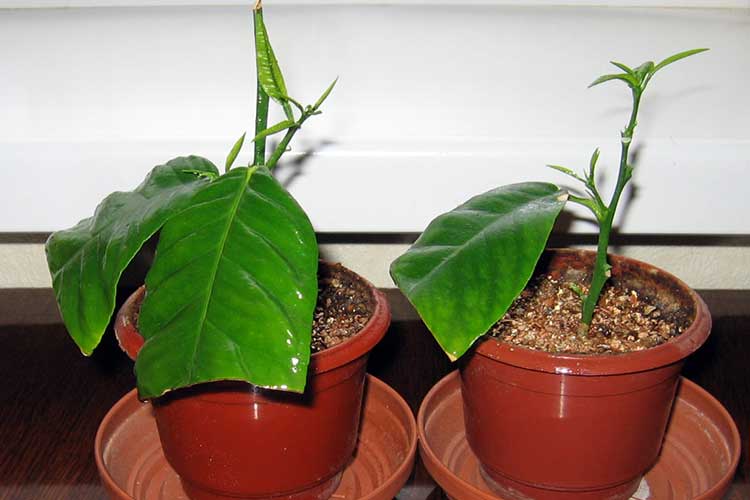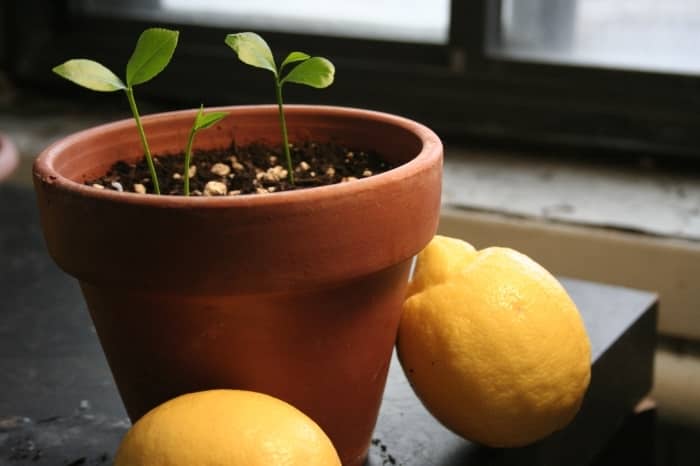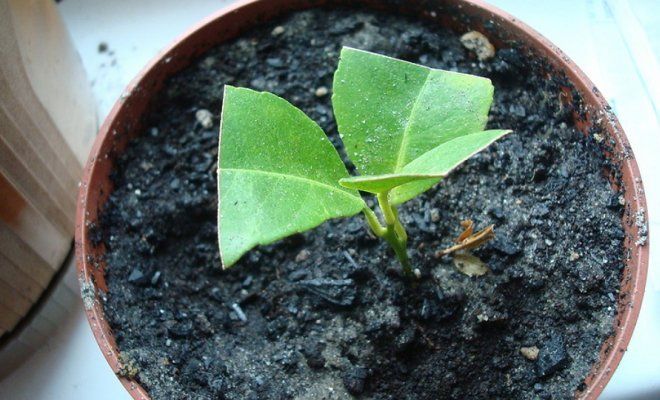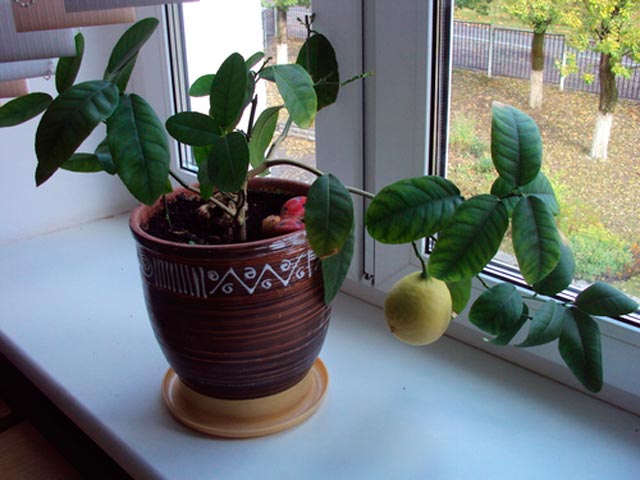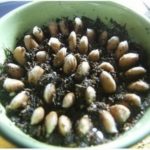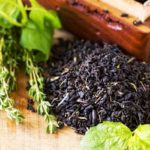Today, many plant lovers are trying to grow citrus fruits at home. The lemon tree is one of the most popular crops, due to the unpretentiousness of the plant combined with the possibility of obtaining tasty fruits. If you want to increase the number of bushes, you should learn about the features of propagating lemon cuttings at home.
- Advantages of the method
- Types of cuttings
- Vaccination
- Budding
- Rooting
- Air layering
- Optimal time for cuttings
- How to choose the best branch for rooting
- Preparing the cuttings
- Landing technology
- Necessary rooting conditions
- Soil composition
- Pot volume
- Temperature
- Fertilizer and watering
- How long does it take for a sprout to take root?
- Caring for cuttings
- How to build a greenhouse for lemon seedlings
- Tips for Better Rooting
Advantages of the method
Growing lemon from cuttings is considered the fastest and easiest. When planting a seed, it is not always possible to get a sprout, and fruiting begins only after 10 years. Buying a ready-made bush for further cultivation is always associated with significant financial costs, and with the help of cuttings you can obtain a large number of seedlings.
Types of cuttings
Today, lemons reproduce in several ways. Some of them are quite simple and accessible even to beginners, others require certain skills in working with fruit trees.
Vaccination
To propagate in this way, shoots obtained from seeds are taken as a rootstock. The scion is a cultivated variety of lemon, adapted for growing at home. It is acceptable to use other types of citrus fruits for these purposes, with the exception of tangerine.
The grafting is done when the plant has active movement of sap, that is, in spring or summer. It can be made into a split or into a butt. When performing work, you must use thoroughly disinfected tools, otherwise it is easy to infect the plant and it may die.
Budding
The budding method involves inserting a bud from a fruiting tree into a T-shaped incision made in the bark of the rootstock. It is recommended to use 2-3 seedlings for these purposes, the thickness of which has reached the size of a pencil. The place for vaccination is chosen at a distance of 5-10 cm from ground level.
After budding, the area is carefully bandaged. If after 2-3 weeks the petioles fall off, then the procedure is considered successful. If they dry out, then the grafting was unsuccessful.After 30 days, the upper part of the rootstock is cut off, leaving 10 cm above the grafting site. After the eye has germinated, a cut is made directly above it.
Rooting
When rooted by cuttings, an exact copy of the parent plant is obtained. On average, the flowering period of a bush can be expected in the 3-4th year. Modern growth stimulants greatly increase the chances of survival of cuttings, so this method of lemon propagation remains one of the most popular.
Air layering
The advantage of propagation by layering is obtaining almost 100% results. The disadvantage is the cumbersome nature of the method and the time required to carry out the work. For propagation, a pot with nutritious soil is placed nearby. Several cuts are made in the branch of the parent tree, tilted and pinned, and then covered with earth. In places of damage, root segments will begin to form; after 2 months, the clone can be cut off.
Chinese air layering involves the formation of a cut on a branch in the spring, followed by covering the damaged area with moss; it is wrapped in film, periodically moistening the sphagnum. It provides the plant with moisture and a bactericidal effect, as a result of which roots form at the cut site. When they are sufficiently formed, the cuttings are separated from the parent tree and planted in a separate container.
Optimal time for cuttings
The most optimal time for propagating homemade lemons by cuttings is spring. It is at this time that the plant wakes up from hibernation and becomes more active. The plant begins to intensively form new shoots that can become planting material.It is permissible to form cuttings during the summer season; some gardeners prefer to choose the time for this when the heat begins to subside, and the sprouts have a higher survival rate.
How to choose the best branch for rooting
For cuttings, select branches with a diameter of 5-6 mm and a length of 8-10 cm. Each of them should have 3-4 healthy buds and 2-4 leaves.
Preparing the cuttings
The bottom cut must be made at a slope of 450. The top one is made 1 cm above the bud in a perpendicular direction to the trunk. At the bottom of the shoot, the foliage is removed to improve the movement of sap. The remaining leaf plates can be trimmed by 1/3.
It is not recommended to germinate cuttings in water, since in this case they do not form roots, but gradually rot and dry out. Immediately before planting, the lower cut of the shoot is sprinkled with ash or the growth stimulator “Heteroauxin”.
Landing technology
For planting, prepare a small container, and the cutting is buried 2-3 cm. After rooting, the plant should not be replanted, since lemon does not like frequent manipulations and changes in location. The soil will be different, which will negatively affect the health of the plant. It is enough to increase the thickness of the top nutrient layer and add vermiculite for better moisture retention.
You can replant the plant in a year; this period will be enough for the lemon to get stronger and grow. To do this, choose a pot whose size is 1-2 cm larger than the previous one.
Necessary rooting conditions
For rooting to be possible, several rules must be met simultaneously. It is necessary to choose the right place and soil, provide timely fertilizing and watering.An error in at least one of the listed points will lead to the death of the shoot.
Soil composition
For planting, choose soil intended for citrus fruits. It is permissible to prepare the soil yourself. In this case, take sand and sphagnum in equal proportions and mix them thoroughly with each other. Instead of moss, you can use peat when making soil. A drainage layer of expanded clay or porous vermiculite must be laid on the bottom of the pot.
If several shoots are planted in one container, the distance between them should be at least 5 cm.
Pot volume
Despite the strong growth of an adult tree, you should take a small pot to plant a cutting. A volume of 0.5 liters is sufficient. A drainage hole must be formed at the bottom of the dish, which will allow excess water to escape.
Temperature
For good growth, the shoot needs to provide a temperature of 20-25 0C. Cuttings of indoor plants need sufficient lighting, but they should not be placed on the south side in direct sunlight. In such a situation, it is necessary to protect the seedlings from light.
Fertilizer and watering
Immediately after planting, the soil is moistened. After completing the work, additional spraying with warm water is carried out and a greenhouse is formed. To fertilize, organic fertilizers are added to the soil once every 10 days. When using special preparations, you should purchase only those intended for citrus crops.
How long does it take for a sprout to take root?
After 3-4 weeks, a small growth appears in the area of the lower cut, after which large white roots form a little higher. They are very fragile, so care must be taken when removing the shoot for further transplantation.
Caring for cuttings
For rooting, cuttings need sufficient moisture, so periodic spraying is required. Good rooting of the shoot is possible at a humidity of 95%, for which a small greenhouse structure is formed. Carrying out spraying work 1-2 times a day is considered sufficient.
After the roots appear, the greenhouse cannot be removed immediately, as this will be very stressful for the plant. First, remove the structure for 3 minutes, gradually increasing the time the sprout remains unprotected.
How to build a greenhouse for lemon seedlings
To form a greenhouse structure for better survival of plants, ordinary transparent plastic bottles with a volume of 2 liters are used. To do this, the upper part is removed, and several holes are formed in the bottom, after which the rooted shoots are covered with the remaining part. Some gardeners use ordinary glass jars to create a greenhouse or cover the sprouts with a plastic bag.
Tips for Better Rooting
For better root formation, it is recommended to leave the cuttings overnight in a nutrient solution of “Epin” or “Heteroauxin” before planting. Loose and nutritious soil should be provided, so when placing in a pot, do not compact the soil too much. For good plant growth, the nutrient layer of soil should occupy at least 2/3 of the container.

